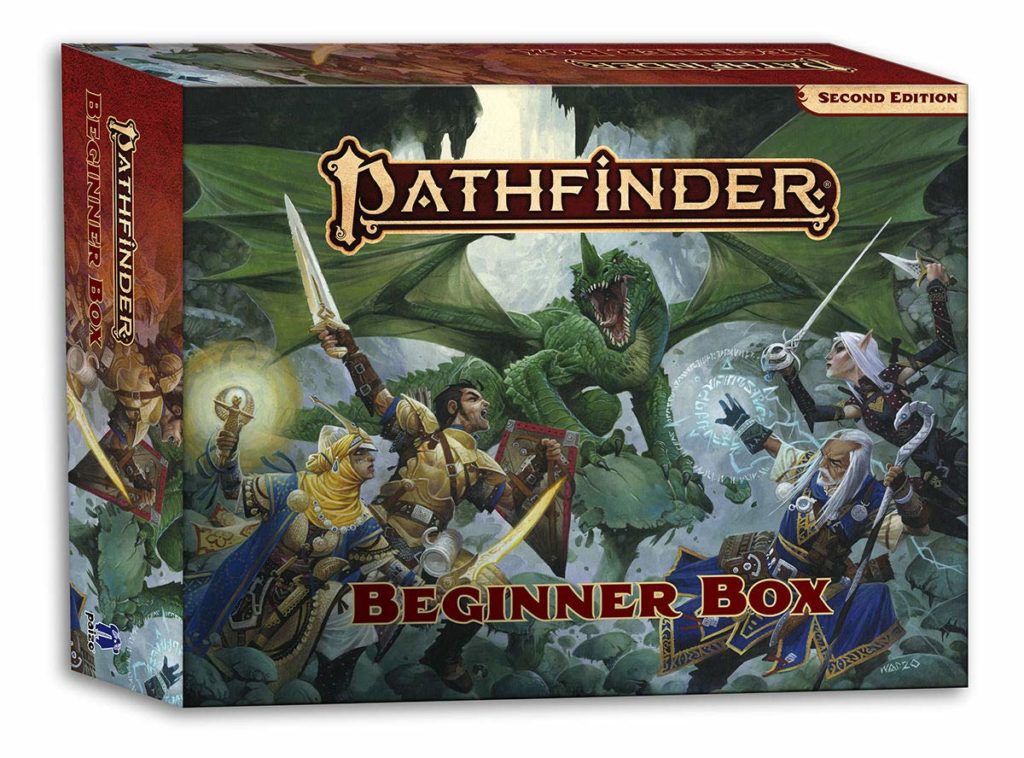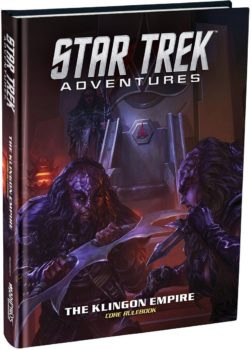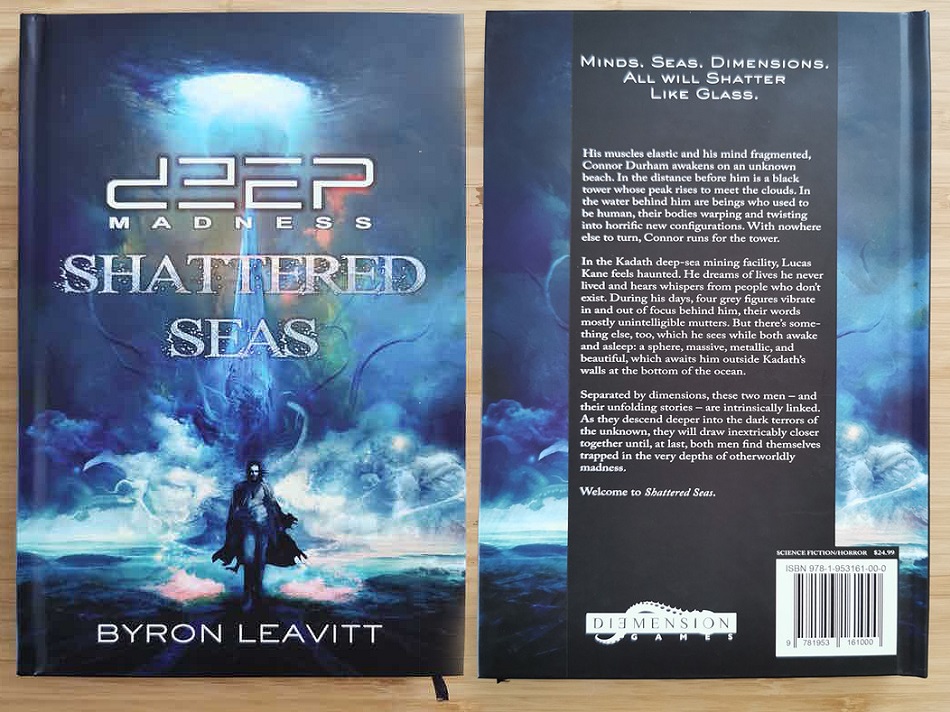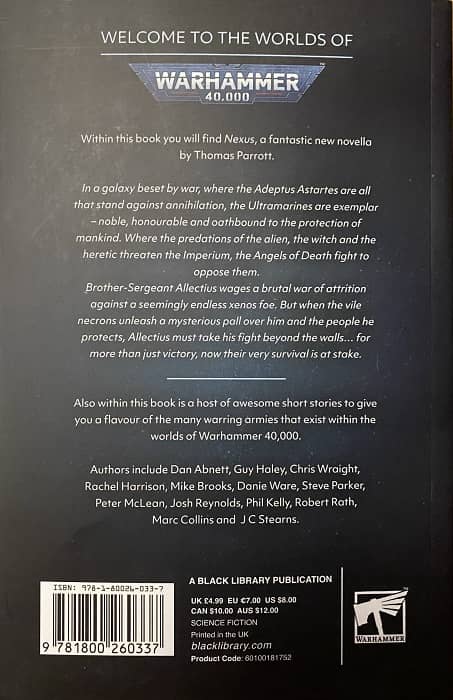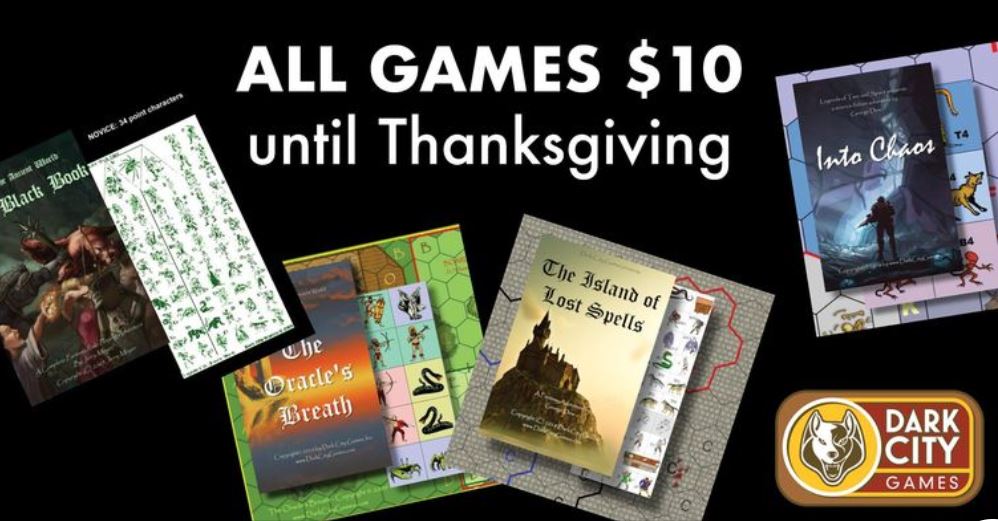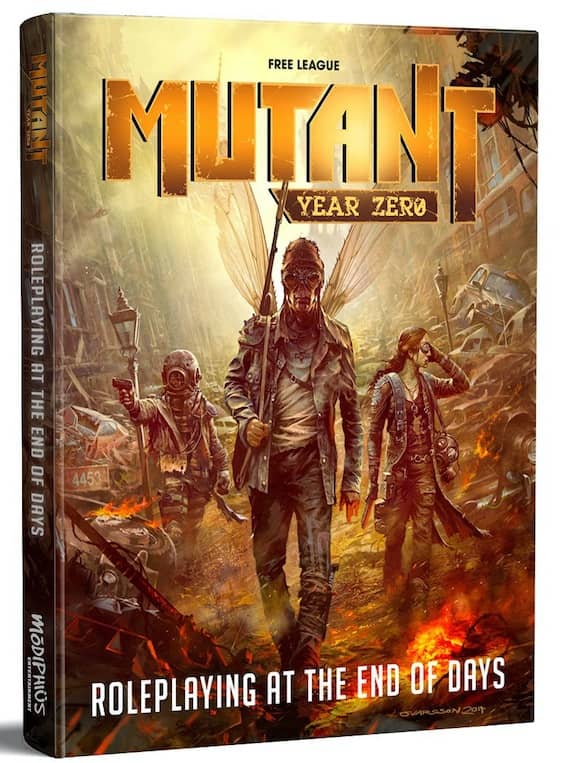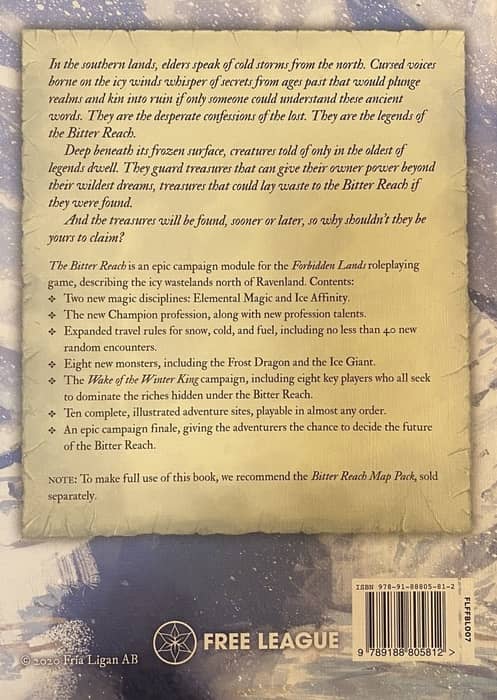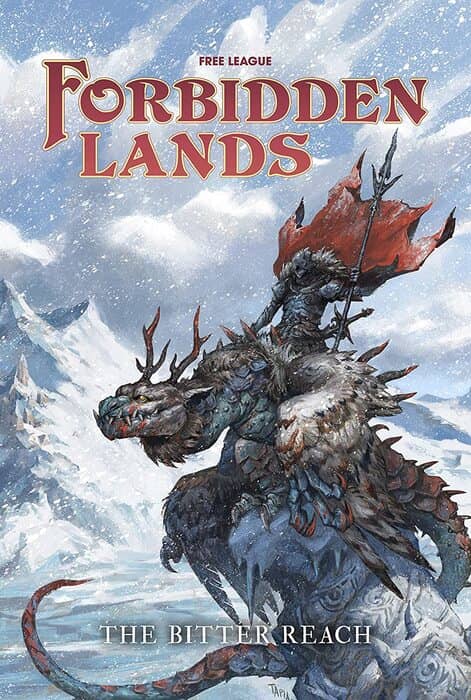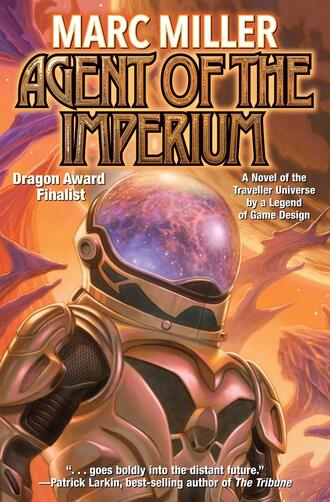Cyberpunk Red: Style and Substance
In 1990, R. Talsorian released Cyberpunk 2020, a revision to the original game from the 1980s. This was followed by many supplements and the gaming world had a tabletop RPG that enabled players to engage with a world with elements they saw and read in Blade Runner, Hardwired, Neuromancer, and Strange Days. The game proved so popular that many still play it today. When a third edition was released, it proved so unpopular that it is basically forgotten.
A few years ago the creators of The Witcher video game series, CD Projekt Red, reached out to R. Talsorian. See, they had played Cyberpunk 2020, and they wanted to create a new video game and thought it might be fun to use Cyberpunk 2020 as the basis. Thus, Cyberpunk 2077 — a much anticipated video game — was born.

